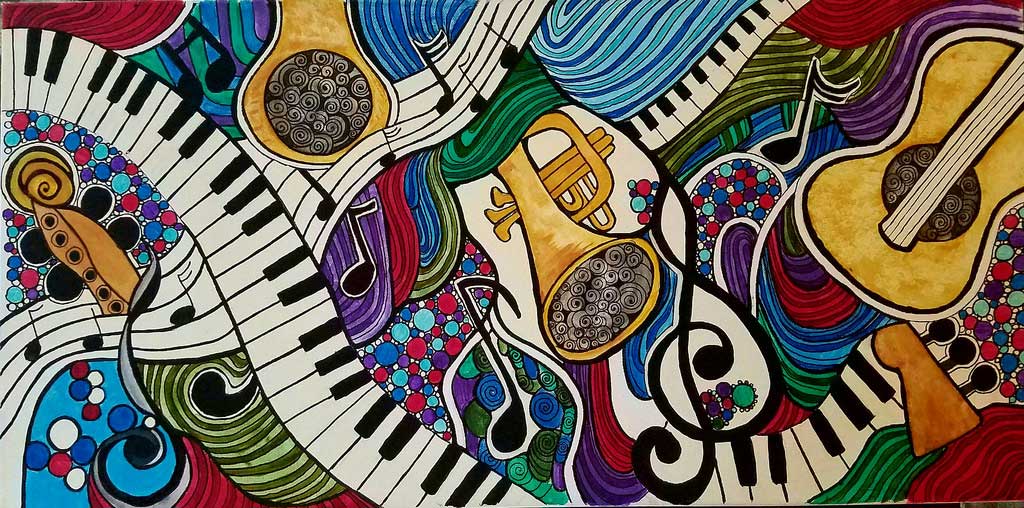Future of Art Investment Platform
Art and technology have always been polar opposites but at the same time, it was important for these two polar opposites to co-exist. Never was a time when these two would converge beautifully without compromising on the classical aspects of the other. While there has been an increase in the creation of digital art, it has conveniently excluded the artists who are still confined to the old school method of creating art.
However, combining the awesomeness of blockchain with the collectible art industry has created the much-needed confluence. There might be a lot of questions regarding regulation, standardization, and governance. However, the interest of the stakeholders and the startups that are looking forward to creating a flawless convergence of art and blockchain technology is steadily increasing. It is quite evident in the way the art world has started to accept blockchain and vice versa.
There are a few unprecedented events in 2018 that established this new found relationship between art and technology.
- There were summits that were dedicated to blockchain and art. The ethereal summit which is a global conference about blockchain technology conducted a live auction of an art piece. Christie's, one of the world's leading auction houses held its first-ever summit dedicated to exploring blockchain.
- Art was tokenized for the first time. Blockchain platforms like Maecenas partnered with London based gallery Dadiani fine art to offer fractional ownership in one of the masterpieces of Andy Warhol. 31% of this amazing artwork went up for sale in cryptocurrency is including but not limited to Bitcoin and Ethereum. This moment redefined a lot of things because tokenized art was not confined to small artists but even established legends. The success of this tokenization has given a lot of hope for artists to easily access the market and for investors to diversify the Investments.
- Global art auction leaders like Christie's have pioneered in recording sales via blockchain. One of the most important sales of the year saw all the transactions recorded entirely via blockchain. The blockchain records and tracks the history, provenance and archival material while still protecting the enormity and security of the buyers. This helps in increasing the confidence of both the buyers and sellers. In the words of the company’s representatives, blockchain technology helps the company to ‘effectively vet, permanently memorialize, and expertly protect transaction data’.
- If all this wasn't enough, blockchain based auction houses where launched. The venture was backed with 5.5 million dollars in funding. The platform, named Portion, functions like an eBay of the high-end art market. It was launched as a marketplace for digital art but it branched out into physical artworks as well.
- Digital artists leverage blockchain to their advantage. While there has been an element of inhibition for the physical artists, digital artists did not hesitate to capitalize on blockchain to tokenize and authenticate easily reproducible works.
The Other Side:
Just like any innovation that challenges the classics, blockchain has had its own share of friction and resistance when it came to art. As much as they have been events that have shown the convergence of blockchain and art in good light, there have also been instances like the Deloitte Art Finance Conference where blockchain based tokenization was met with skepticism.Many have expressed their worries about blockchain opening the floodgates to forgeries, creating inconsistencies in stored data and causing scalability and performance issues. One of the biggest challenges when it comes to collectible art lies in tracking provenance. With deeper research, there have been instances when paintings have been reassessed and given different attributions. There have also been instances where a painting has been sold under deliberately vague attributions using the names of famous artists like Leonardo da Vinci or Michelangelo.
The immutability of the blockchain means that the attribution and the province cannot be altered at a later stage. This might leave permanent inaccuracies which are not at all good for a collectible industry like art.


Thanks for sharing more info!
ReplyDeleteThis subject is too difficult for you, and you haven't had enough time to fully prepare for your algebra exam. You'll save time and energy. take algebra exam as quickly and easily as possible. With the assistance of our student online service. Our highly qualified experts are standing by to assist you in passing this difficult exam.
ReplyDelete